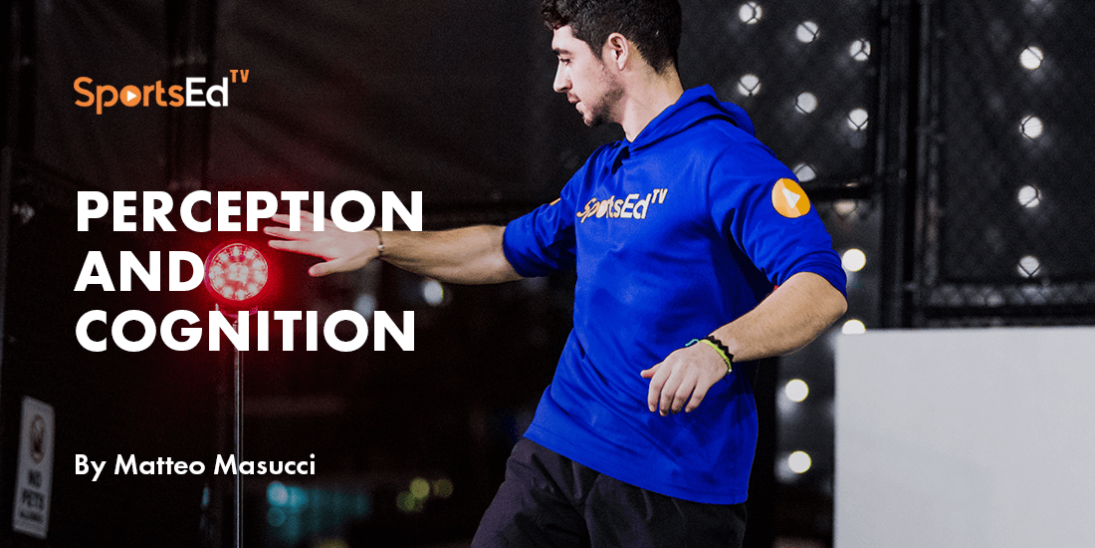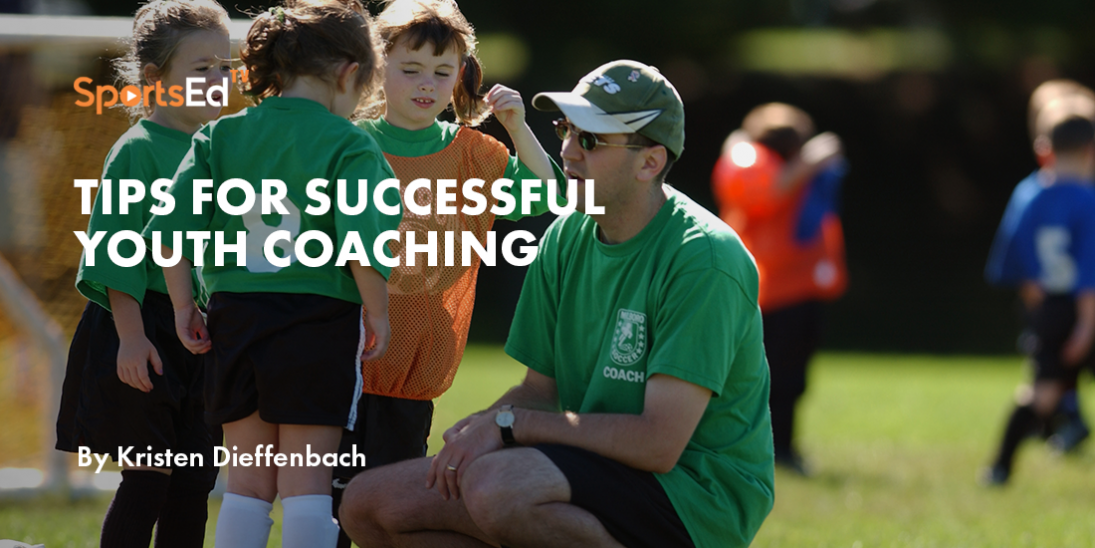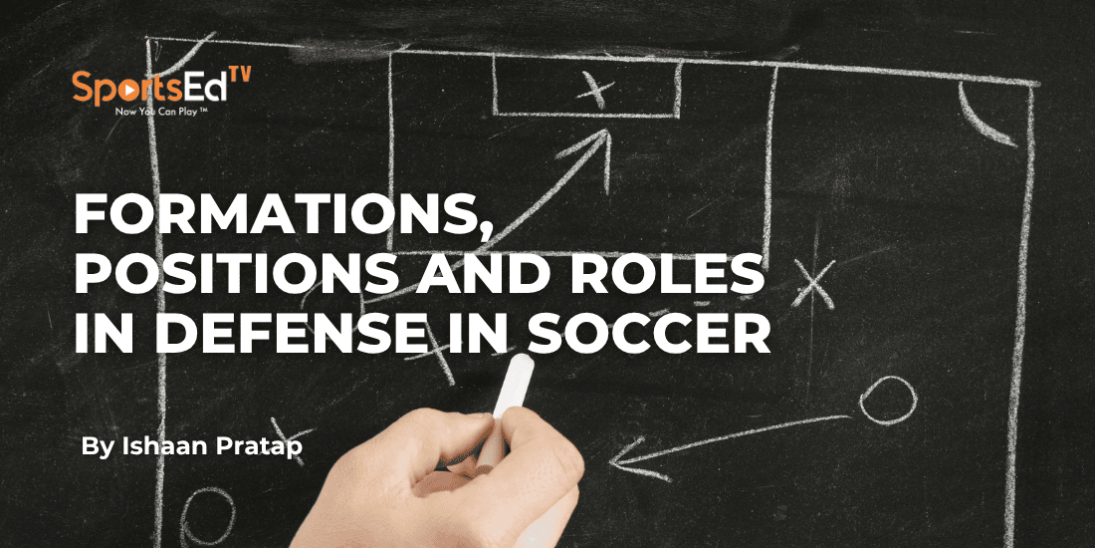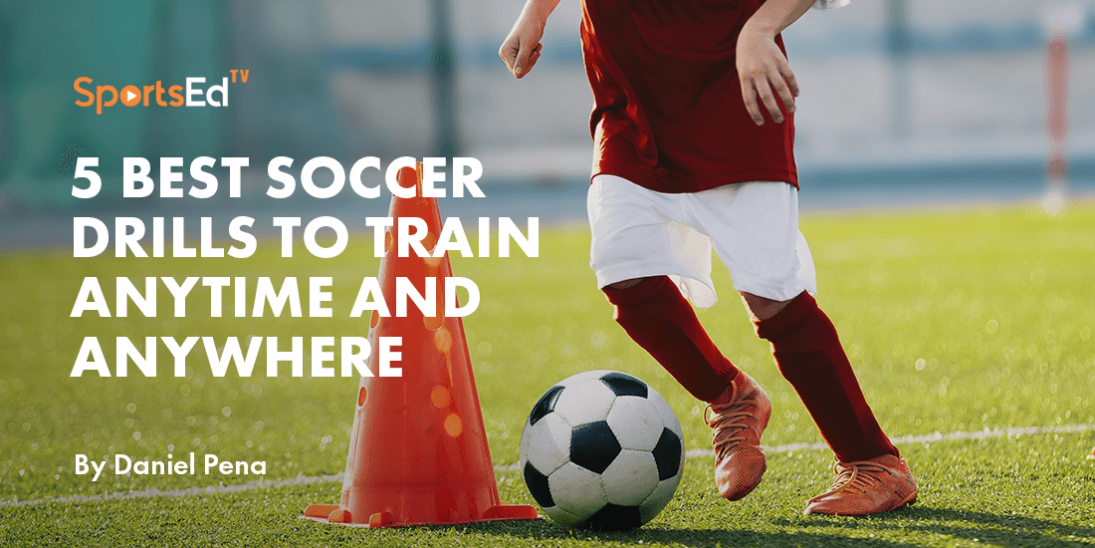Soccer
Welcome and thanks for visiting...

The Brain Renaissance
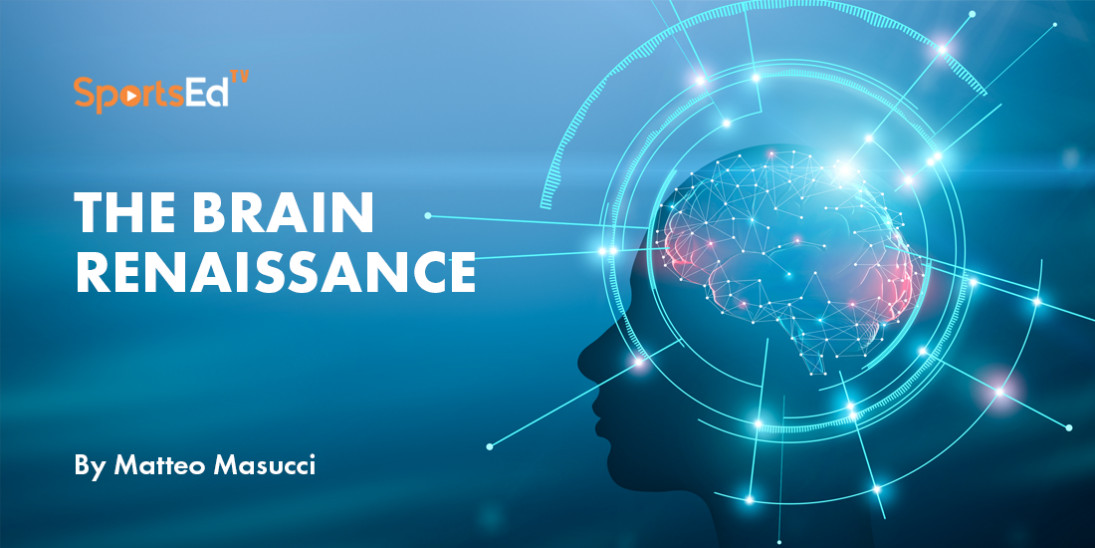
Over the past century sports scientists have conducted experiments on athletes with the intention of enhancing player performance in order to win important competitions. Professional coaches often borrow new training methodology from the academic world as a result of evidence between sports performance and more effective training methods.
However, more emphasis was given to the athletic skills, along with the specialization of the sport related techniques, and less consideration was given to the mental aspect of the games.
Today modern studies are revealing that cognitive abilities are directly connected with sports performance and they can be improved by training. Increased cognitive functions can directly benefit the game by reducing delay time in decision-making situations and improving accuracy during execution.
One important concept to transfer to the coaches of any sport is that we don’t train the body motion to perform better, but we train the brain to recruit the appropriate body motion for every specific situation that a player can face playing his sport.
In every team sport where the player who’s in possession of the ball, by using only a single touch or sequence of touches to control it (soccer, hockey, baseball, volleyball, etc.), is requesting himself to monitor and control the ball while continuously switching the attentional focus to the opponent’s position in order to create the next play.
The attentional focus is the act of directing attention to information sources or to objects of an individual’s attention. Focusing attention externally (ie, on the object or the effect of the action) versus internally (ie, on the movement or the action itself) provides increased enhancement of motor learning and performance.
Wulf and colleagues used the constrained action hypothesis to explain the benefits of adopting an external rather than an internal focus of attention; that is, when individuals are asked to adopt an internal focus, they try to consciously control their movements, which constrains the motor system and inadvertently disrupts automatic control processes. In contrast, focusing on the movement effect, or adopting an external focus, allows unconscious or automatic processes to control the movement, resulting in more effective performance and learning.
Bernstein (1996) suggested that the motor skills achieve a level of automatization in expert athletes, in fact, an external focus of attention might be more beneficial for skilled athletes rather than less skilled athletes. When the motor skills and their subcomponents are highly automated, an internal focus of attention would essentially disrupt the control by reverting the focus to a lower mode of control.
Perkins-Ceccato and colleagues investigated the effect of focus of attention on the performer’s skill level. In their study, 2 groups of golfers (highly skilled and less skilled) were further divided into 2 instruction groups: internal and external focus of attention. Results showed that the high-skill golfers performed better than the low-skill golfers with the external focus of attention instructions only; the two skill groups were not significantly different with the internal focus of attention instructions.
M.Emanuel and colleagues studied the effects of using different attention focuses in children and adults throwing darts to a circular target. Results indicated a significant interaction between skill level and instruction type during acquisition, retention, and transfer, where adults performed better with instructions for the external focus of attention.
The children’s performance seemed to be correlated with the level of expertise in that specific task. It might be assumed that children are similar to novice players in their lack of experience, unfamiliarity with tasks, and limited motor repertoire. In contrast, most adults have had some exposure to a greater diversity of motor tasks. In addition, young learners have difficulties focusing their attention during motor performance.
At this stage, I can assume that the ability to recognize objects into space and their localization can be trained using an external focus of attention during practice as a result of an integrated cognitive training sport-specific and task-specific.
The use of colors and the duration of color appearance can be compared to the game experience as the ability to quickly recognize teammate’s and opponent’s shirt color in space.
The ability to monitor the teammate and the opponent through space is given from the anticipatory perception of their future movements related to the specific situation given from the ball’s position.
When a player gains possession of the ball for the next 3-4 seconds his focus moves from the first touch ball control (internal focus) to the new position of teammates and opponent (external focus) in order to quickly estimate the next positional scenario and make a new decision:
- Keeping personal possession of the ball,
- Transfer the ball to teammate,
- Finish on shot (mostly forwards).
In condition 1, personal ball possession, the player is requested to have good individual technical and physical skills to resist the opponent’s pressure and move to option 2 or 3.

Option 2 passing the ball is dependent upon the localization ability of teammates and opponents in space in order to answer at A) where/who to pass the ball, and B) how to kick it.
In Option 3 finishing, the logical mental process that a player follows when deciding to finish is A) where to shoot (which is based on the keeper’s position respect to the goal position) and B) how to shoot it to achieve A.
At this point, it is important to answer the question WHERE TO SEND THE BALL? Investigation through the ability to quickly identify color objects and their position in space will facilitate the answer to this question.
The aim of my study is to demonstrate the importance and the effectiveness of a cognitive training methodology that consists of activating visual awareness to quickly recognize objects in space. Proposing a cognitive training activity that requires focusing the attention on an object's colors and their changes (external focus) I will investigate the correlation with the soccer player’s abilities to answer the questions posed by my study.
REFERENCES:
DEXTERITY AND ITS DEVELOPMENT BERNSTEIN, N.A. (edited and translated by M.L. Latash and M.T. Turvey, 1996) pp. 171–204
A SENSORIMOTOR ACCOUNT OF VISION AND VISUAL CONSCIOUSNESS J.Kevin O’Regan, Alva Noë Behavioral and brain sciences (2001) 24, 939–1031
SPATIAL LOCALIZATION OF COLOR AND LUMINANCE STIMULI IN HUMAN PERIPHERAL VISION Stephen J. Anderson, Noriko Yamagishi Vision Res. 2000;40(7):759-71.
DISSOCIATION OF OBJECT RECOGNITION AND SPATIAL LOCALIZATION ABILITIES FOLLOWING TEMPORAL LOBE LESIONS IN HUMANS Bruce P. Hermann, Michael Seidenberg, Allen Wyler, and Alan Haltiner Neuropsychology, Vol 7(3), Jul 1993, 343-350.
ATTENTION, AWARENESS OF CONTINGENCIES, AND CONTROL IN SPATIAL LOCALIZATION: A QUALITATIVE DIFFERENCE APPROACH Journal of Experimental Psychology: 2010 American Psychological Association Human Perception and Performance 2010, Vol. 36, No. 6, 1342–1357
EFFECT OF FOCUS OF ATTENTION AND AGE ON MOTOR ACQUISITION, RETENTION, AND TRANSFER: A RANDOMIZED TRIAL Michal Emanuel, Tal Jarus and Orit Bart PHYS THER February 2008 88:251-260
EFFECTS OF FOCUS OF ATTENTION DEPEND ON GOLFERS' SKILL Perkins - Ceccato, Natalie ; Passmore, Steve R. ; Lee, Timothy D. Journal of Sports Sciences, August, 2003, Vol.21(8), p.593(8) [Peer Reviewed Journal]

